Thanh Nien: Opening the Revolutionary Journalism stream with 5 basic political contents
“First of all, we need a newspaper. Without it, we cannot systematically carry out a comprehensive and principled propaganda campaign.” - from that affirmation of leader Nguyen Ai Quoc, on June 21, 1925, a newspaper called Thanh Nien was born, carrying the mission of “being a mouthpiece with the task of collective propaganda.”
The newspaper is published every Sunday, about 18 x 24cm in size, with 4-page numbers, 2-page numbers, written with a steel pen on wax paper. The newspaper has sections: editorials, comments, women's talk, questions and answers, poetry, criticism, answers to readers... Thanh Nien newspaper was first published once a week with over 100 copies. Later, due to many difficulties, each issue was published 3 to 5 weeks apart from the previous issue. The newspaper's cufflinks have the two words Thanh Nien in Chinese and Vietnamese. The number of each newspaper is written in a five-pointed star.
A special feature of Thanh Nien is that from the beginning, the newspaper had 5 clear basic political contents. These are: Clearly pointing out the contradiction between our nation and the colonial nations with imperialism as irreconcilable; Affirming the revolutionary path, opposing the reformist path; The revolutionary force is the entire people, taking workers and peasants as the foundation; Clearly recognizing the revolutionary path, revolutionaries must know how to sacrifice for the revolutionary cause and have the right revolutionary method; The Communist Party must lead and organize the revolutionary masses; The Vietnamese Revolution must follow the path of the Russian October Revolution to achieve victory.
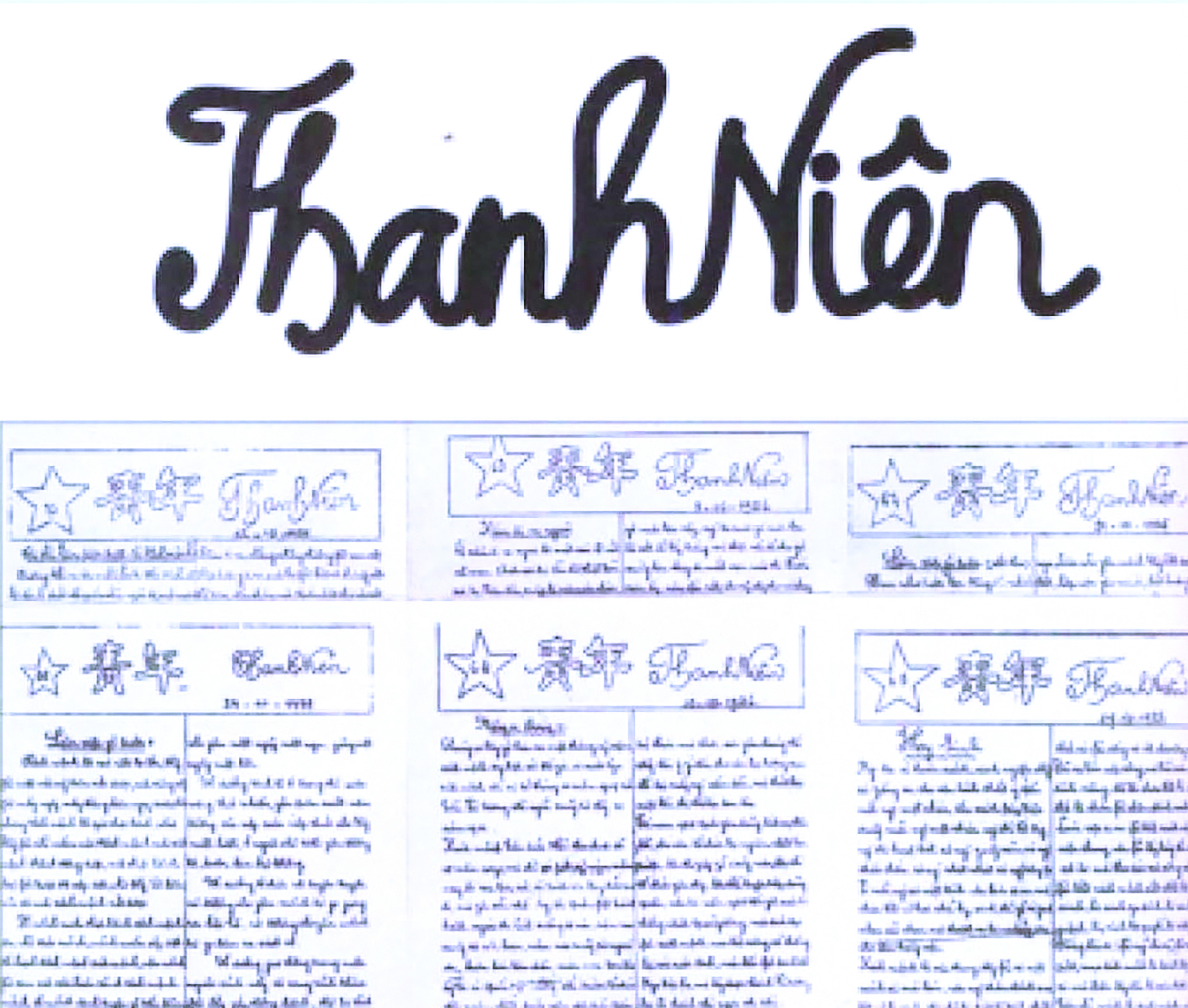
Accordingly, all the content of 88 issues of Thanh Nien Newspaper from 1925 to 1929 focused on these 5 contents. For example, to affirm that only the revolutionary struggle can liberate the nation, Thanh Nien Newspaper, issue 2, had an article: "Revolution is all the actions by which an oppressed nation becomes free and prosperous. The history of countries teaches us that only through revolution can people have a better government and a bettereducation ."
Thanh Nien Newspaper, issue 63, has a passage: “My fellow countrymen! Freedom is given by God, those who are not free would rather die. Wake up, wake up, break the cage that imprisons you.” “Breaking the cage” means using revolutionary violence to break the enemy’s grip, to escape humiliation. Or in response to some viewpoints in the mid-20s of the 20th century that only talented people could make a revolution, drive out the French, and take back the country for the people, Thanh Nien Newspaper affirmed that: Only workers and peasants are thoroughly revolutionary.
Revolution is a common task for all enlightened people to work together. Each person, according to his or her own talent, strength, and wealth, contributes to the revolution to save the country, that is, to save himself or herself and his or her family. Making a revolution but having the right revolutionary method is what Thanh Nien newspaper has emphasized in many issues: "The revolution must first of all propagate, organize, train, and finally use force, do not just focus on knowing how to do violence."
In particular, Thanh Nien Newspaper repeatedly emphasized: The Communist Party is needed to lead the revolution and organize the revolutionary masses. Thanh Nien Newspaper No. 60 affirmed: "Dear compatriots, there is only one true path, which is to follow the only Party that is resolute in action, which is the Communist Party."
By widely propagating around these five core contents, Thanh Nien Newspaper made a strong mark in the ideological journalism life in the 1920s. The printed copies were limited in quantity and sometimes lost on the way back to the country, so many places had to organize hand-copying into many copies to pass around to read. The French secret service spent a lot of effort to monitor and track down the newspaper delivery lines, attack the Association's bases, secretly send henchmen into the Association to secretly steal the newspaper, organize translations into French for research and response. From there, the goal of bringing patriotism into the Vietnamese people, especially among the youth, following the trend of the proletarian revolution, was extremely successful.
Hammer and Sickle: "Workers, farmers and soldiers of Indochina unite! Following the example of the Russian revolution, overthrow imperialism."
Although only 9 issues were published, Hammer and Sickle - the Central organ of the Indochinese Communist Party - was a beautiful mark on the early journey of Revolutionary Journalism.
In June 1929, in response to the enthusiastic request of many members of the Vietnam Revolutionary Youth Association to join the Communist Party Cell, on June 17, more than 20 delegates from grassroots Party organizations in the North met at house number 312 Kham Thien Street - Hanoi , decided to establish the Indochinese Communist Party, approved the Platform, Manifesto, and Statutes of the Party; elected the Party's Central Executive Committee and decided to publish the Hammer and Sickle Newspaper - the Party's mouthpiece. From October 1, 1929, the Hammer and Sickle Newspaper published its first issue and then each issue was published half a month apart.
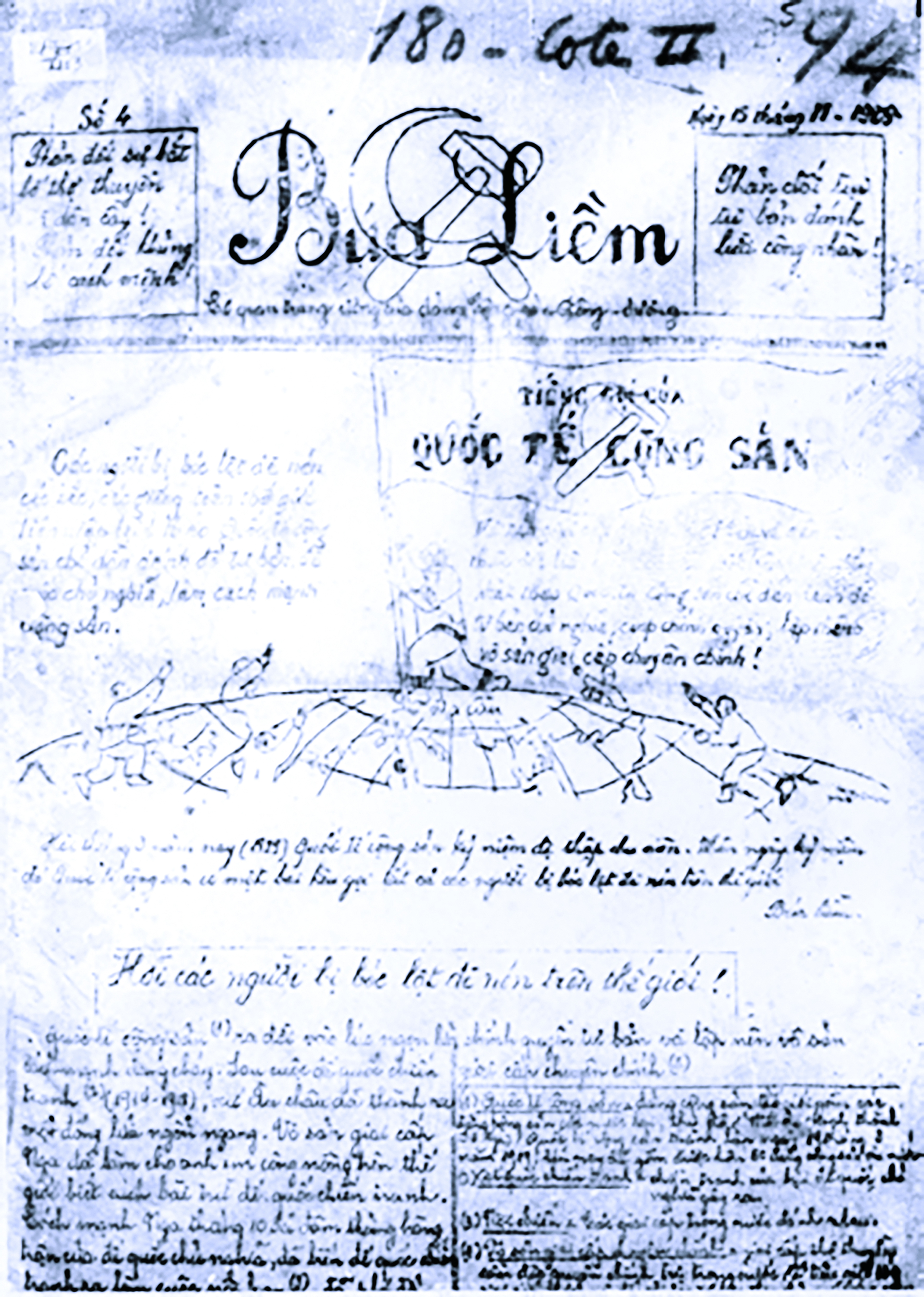
Published only 9 issues, and in secret circumstances, there is not much information about the Hammer and Sickle Newspaper. The book History of Vietnamese Press, citing the Hammer and Sickle Newspaper No. 3, dated November 1, 1929, the newspaper proposed "Slogan of struggle" for workers in blue shirts (industrial workers), brown shirts (agricultural workers), guests (Chinese workers) to organize themselves into unions following the Communist Party to fight, demanding economic rights and organizing unions, freedom to strike and march (there are 5 slogans, 4 are purely economic); for farmers, organized into farmers' unions following the Communist Party, demanding economic rights, the slogan was: "Workers, farmers, soldiers of Indochina unite! Following the example of the Russian revolution, overthrow imperialism"... Those articles partly show that the Hammer and Sickle fulfilled its mission as a propaganda agency of the Indochinese Communist Party.
Red Newspaper: "Encourage communists and communist cells to unite into an official Communist Party"
In November 1929, the Southern Ky Bo decided to establish the Annam Communist Party and published the “Red” Newspaper as its mouthpiece. The newspaper was handwritten on wax paper. On the cuff were written the following lines, framed to the right of the newspaper’s name in large letters: “The Red Newspaper is the organ of a communist cell, the purpose of which is to encourage communists and communist cells in Annam to quickly unite into an official Communist Party.”
In the right frame of the newspaper's name, there are the following lines: "Establishing an official Communist Party, leading the masses in the struggle, opposing terrorism, killing, exile, and imprisonment of revolutionaries, that is the urgent responsibility of the communists in Annam now."
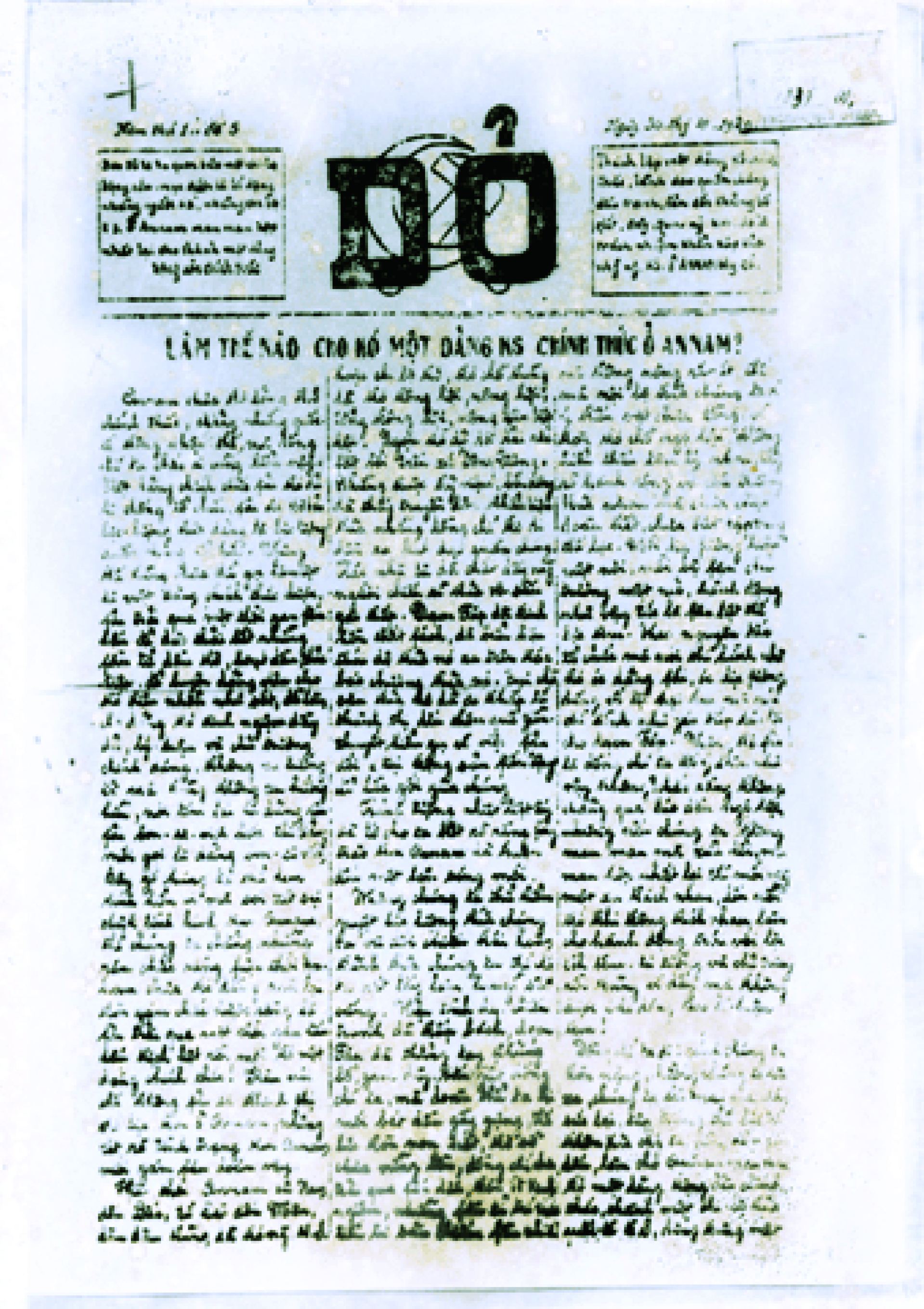
In its articles, the Red Newspaper often emphasized the issue of “How to have an official Communist Party in Annam”. “Annam does not have a Communist Party yet, not only does the international community recognize this, but our comrades certainly all understand it. An official Party must have a complete organizational system, must have the basic forces of the Party and the organized mass forces. But that still cannot be called an official Party, it must go through a period of struggle to eliminate all speculative, activist, compromising elements, to train Party members to have patience like iron, to make the Party have sufficient experience, legitimate theories and policies, not leaning to the left nor to the right, in short, only when the Party members are Bolshevik can the Party be called a Bolshevik Party...” - an article in the Red Newspaper emphasized.
Ha Anh
Source: https://www.congluan.vn/nhung-di-san-quy-cua-bao-chi-cach-mang-viet-nam-buoi-dau-post299551.html


![[Photo] More than 17,000 candidates participate in the 2025 SPT Competency Assessment Test of Hanoi National University of Education](https://vphoto.vietnam.vn/thumb/1200x675/vietnam/resource/IMAGE/2025/5/17/e538d9a1636c407cbb211b314e6303fd)



![[Photo] National conference to disseminate and implement Resolution No. 66-NQ/TW and Resolution No. 68-NQ/TW of the Politburo](https://vphoto.vietnam.vn/thumb/1200x675/vietnam/resource/IMAGE/2025/5/18/adf666b9303a4213998b395b05234b6a)
![[Photo] General Secretary To Lam visits exhibition of achievements in private economic development](https://vphoto.vietnam.vn/thumb/1200x675/vietnam/resource/IMAGE/2025/5/18/1809dc545f214a86911fe2d2d0fde2e8)







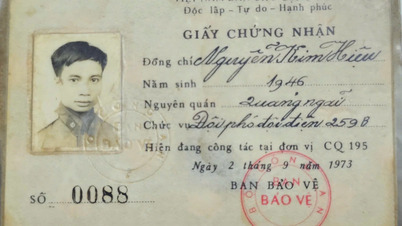

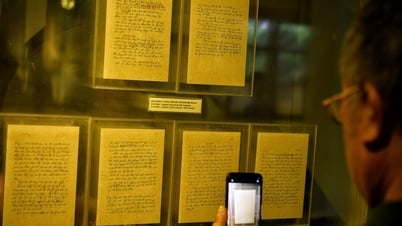

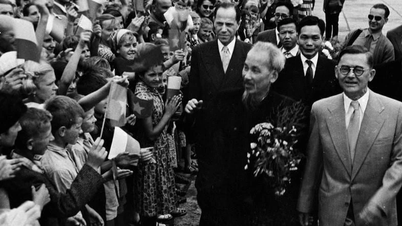

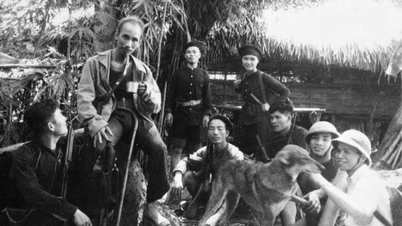
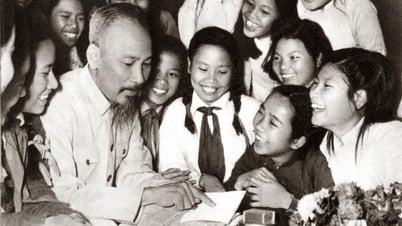

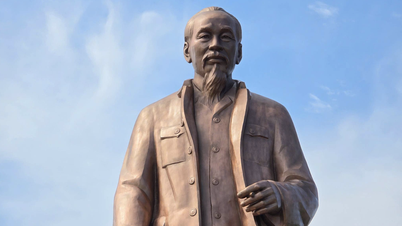










![[Photo] Prime Minister Pham Minh Chinh chairs meeting on science and technology development](https://vphoto.vietnam.vn/thumb/1200x675/vietnam/resource/IMAGE/2025/5/17/ae80dd74c384439789b12013c738a045)













































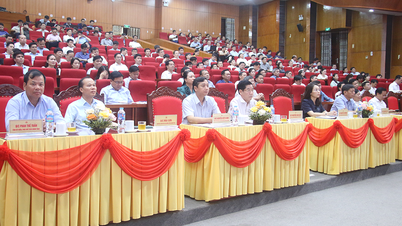



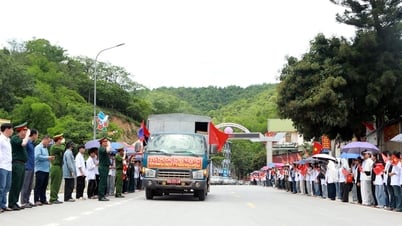





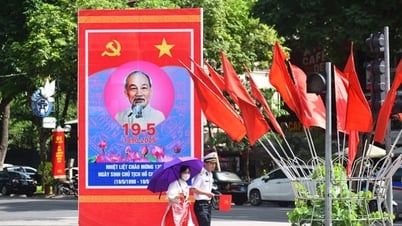










Comment (0)